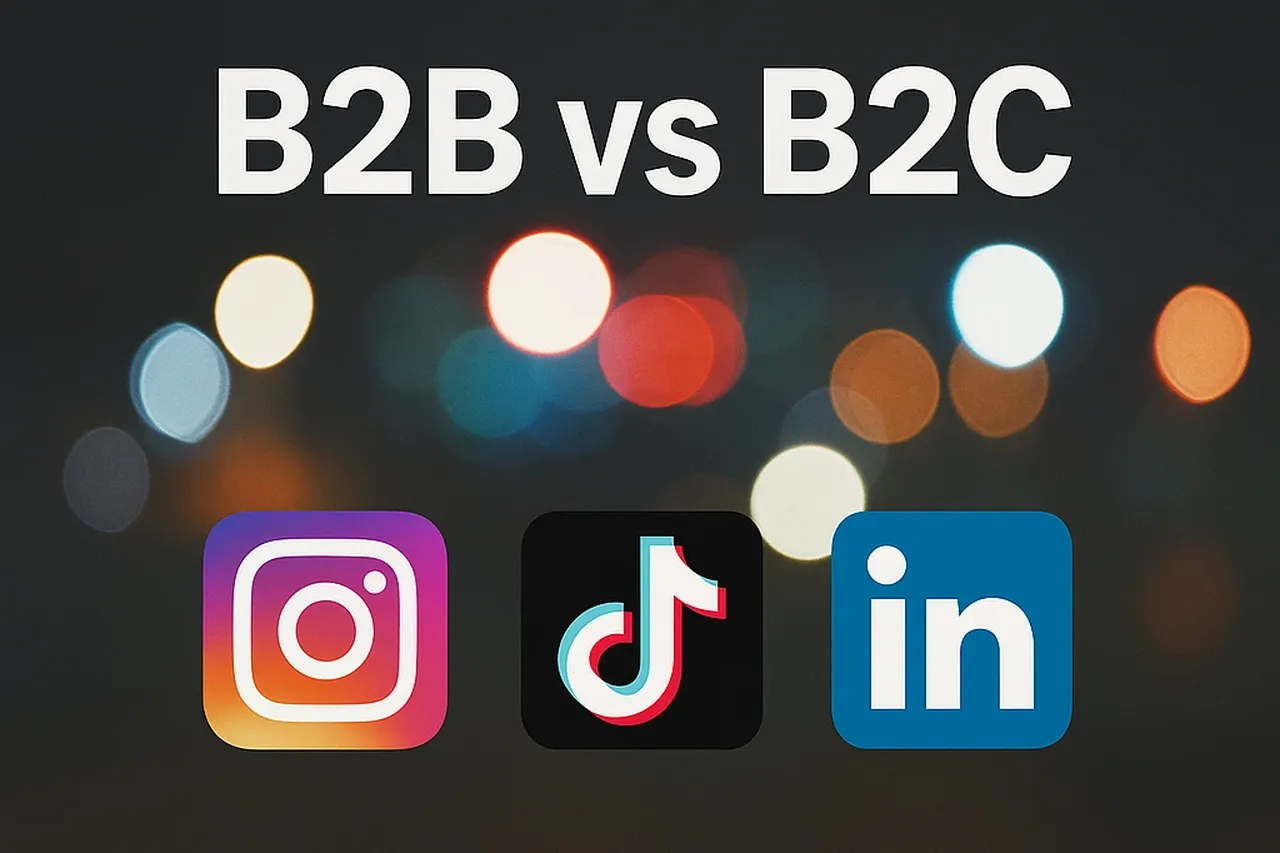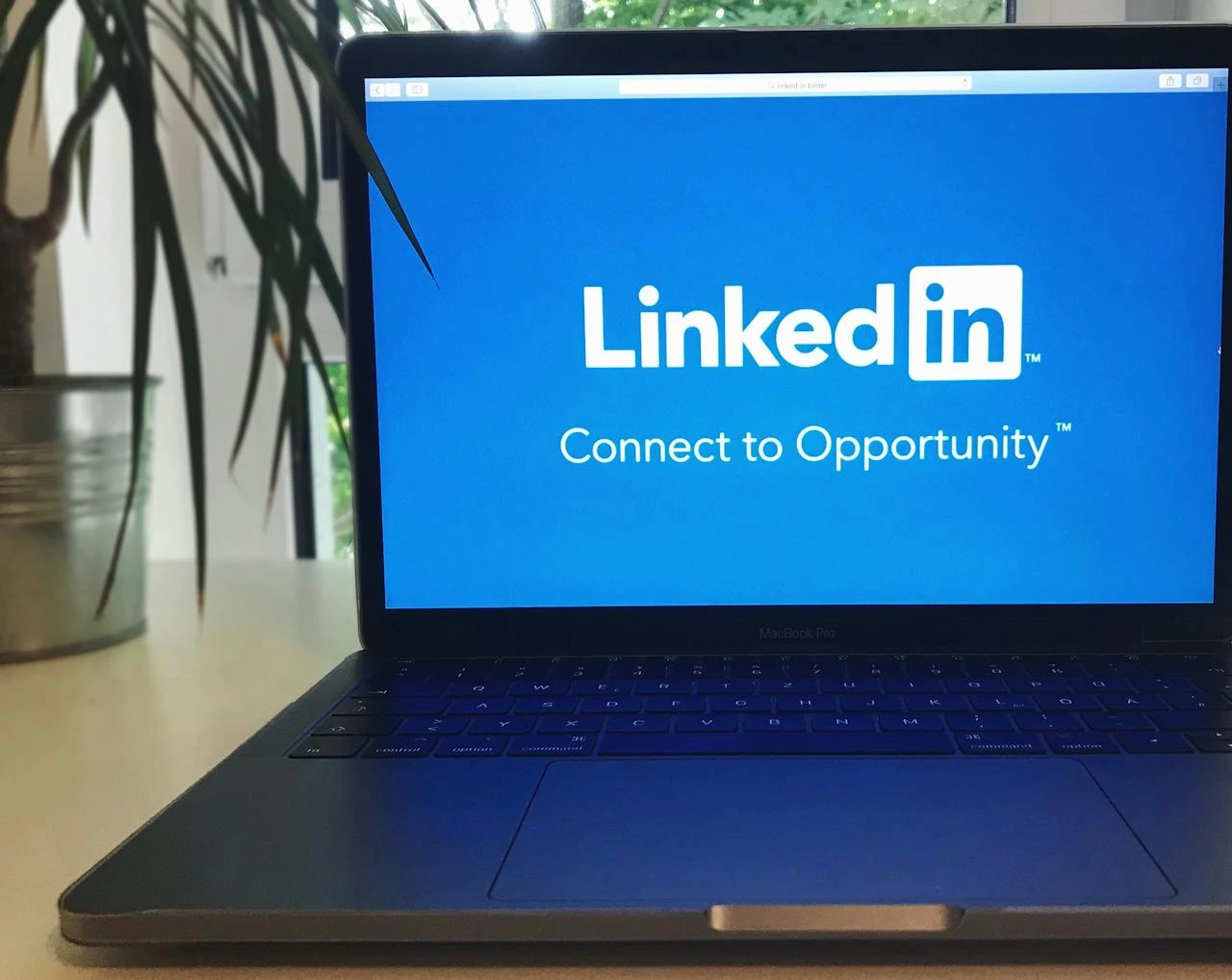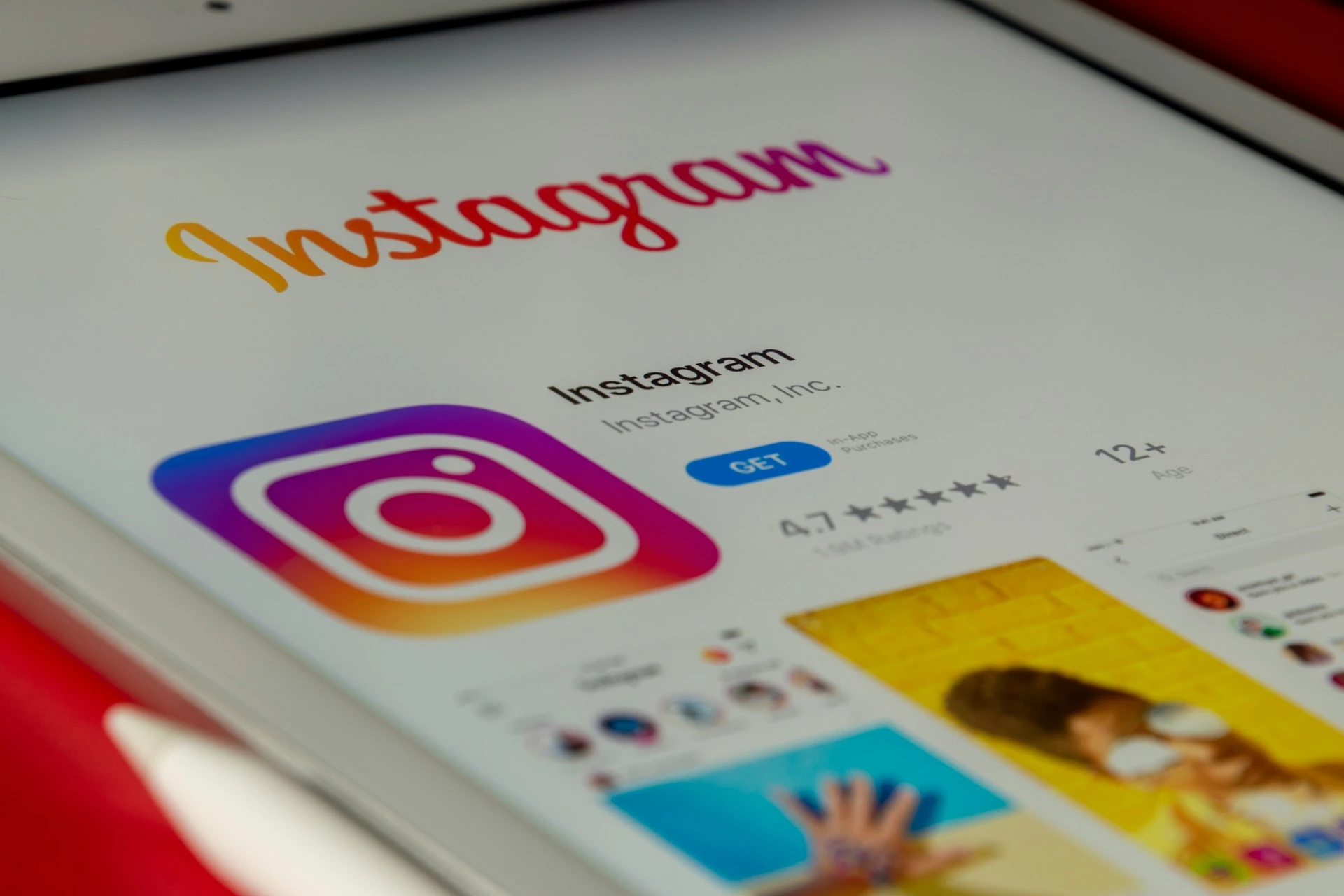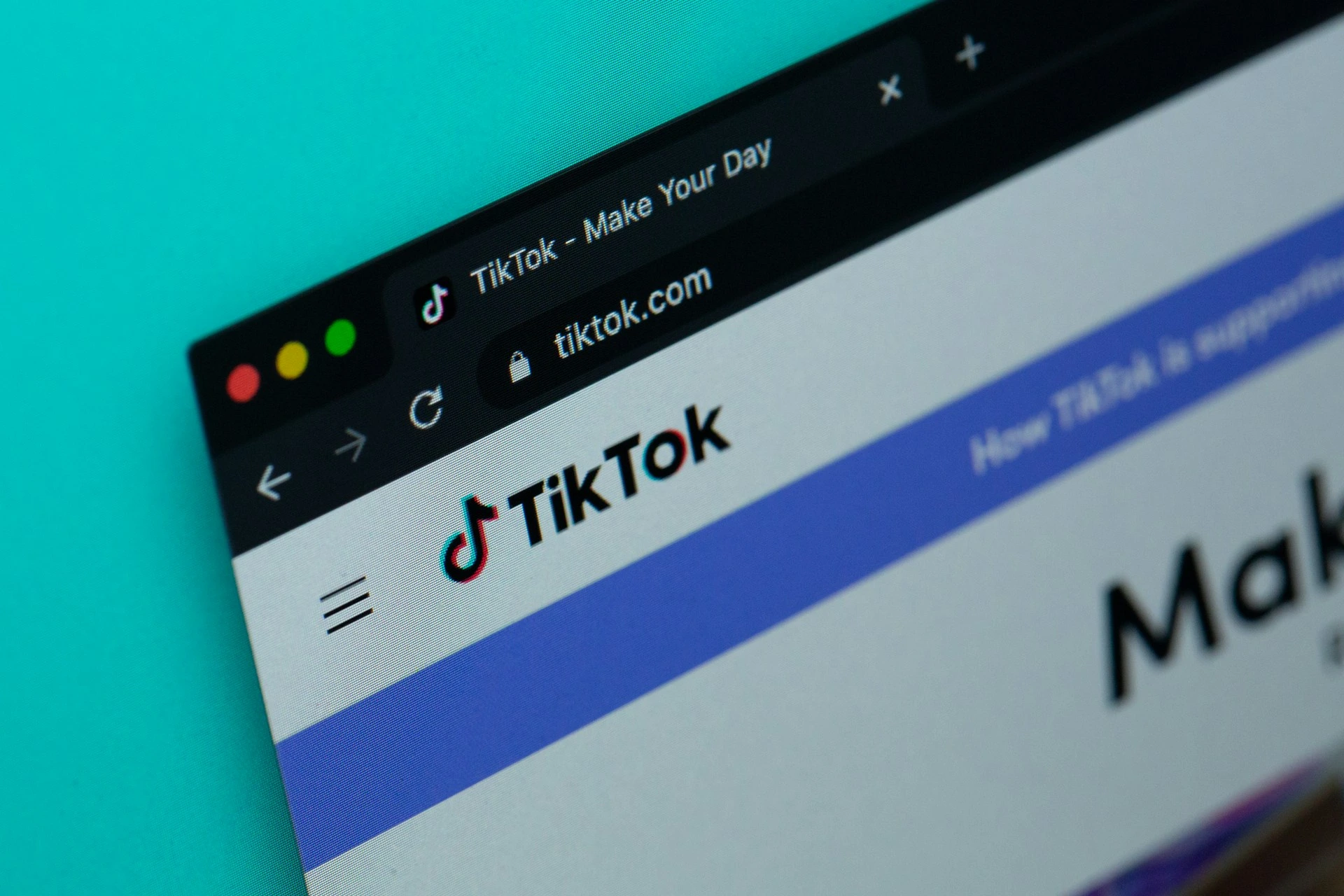Blog
Instagram, TikTok or LinkedIn? Best platforms for B2B vs. B2C in 2025

B2B Vs. B2C Social Media Trends in 2025
Today’s customers interact with influencer posts, brand material, and ads on social media for up to two hours per day. E-commerce companies can reach these customers where they are by using features on social selling platforms to market and sell to them.
It is projected that social commerce will account for 20% of all e-commerce transactions this year due to social selling. Research shows that social media is used by business-to-business (B2B) buyers as well to aid in their decision-making. Social networking has become a vital resource for companies of any size. However, depending on whether your company supports individual customers (B2C) or other businesses (B2B), the platforms you select and how you approach them will vary significantly. Developing a successful marketing strategy requires knowing which social media platforms are most effective for the audience you are targeting.
How B2B Social Media and B2C Social Media Differ?
It’s critical to comprehend the differences between B2B and B2C marketing in social media environments before getting into the most appropriate platforms for each.
Building relationships and providing value to other businesses are the main goals of business-to-business (B2B) marketing. The decision-making process is frequently drawn out and prioritizes ROI, knowledge of the industry, and trust.
B2C marketing, on the other hand, focuses more on prompt decision-making, direct involvement, and emotional appeal. Creating a strong brand connection with particular customers or encouraging impulsive purchases are frequently the goals.
What is social selling?
Social selling is a sales tactic that involves communicating with prospective clients on social media sites, establishing connections with relevant people, and developing relationships. TikTok, Pinterest, YouTube, LinkedIn, Instagram, and Facebook are a few examples of social selling platforms.
By encouraging direct communication between companies and consumers, it deviates from the conventional advertising and sales procedure. In order to win the trust of potential customers, social selling involves sharing content, responding to comments, and live-selling during live streams.
Featured Article: Social media trends in 2025: What Marketers Need to know?
How does social selling work?
Create branded profiles on the largest social media networks first, or think about collaborating with audience-driven social media influencers in your area.
The secret to social selling success is to produce content that appeals to a very narrow target market. Your material should show that your company has the same values and viewpoints as your clients. Keep in mind that engagement is just as important as publishing. To keep your brand at the forefront of consumers’ minds, participate in discussions, monitor trends, and reply to direct communications.
Instagram, TikTok or LinkedIn?
While Linkedin is famously used for B2B platforms and Instagram, tiktok are more commonly used for B2C platforms.
The Greatest B2B Marketing Platform
Social media sites that promote networking, professional relationships, and thought leadership are typically more successful for business-to-business (B2B) marketing. The best choice is shown below:
1. LinkedIn
LinkedIn is the best social media site for business-to-business (B2B) marketing because it provides a professional setting where companies can network, display their knowledge, and establish direct connections with decision-makers. By publishing thought-leadership content, taking part in debates, and sharing industry insights, LinkedIn allows you to establish authority.

LinkedIn Marketing
LinkedIn is the most effective medium for connecting with professionals if your company operates in the business-to-business (B2B) sector. With more than 900 million members globally (LinkedIn, 2024), it is the premier resource for networking, thought leadership, and industry knowledge. This site is perfect for producing high-quality leads in industries like technology, finance, and consulting because its readership is mainly professionals between the ages of 25 and 54. Case studies, industry insights, and long-form articles do well here. Since building thought leadership is the main goal of LinkedIn, share your knowledge and concentrate on producing high-quality material that teaches your audience new things or solves problems. Make use of it to establish reputation and trust in your sector.
Important B2B Features
- Paid advertisements with advanced targeting (by industry, job title, etc.).
- LinkedIn groups for conversations about a particular sector.
- Use direct messaging to generate leads.
Best Platforms for B2C Marketing
Social media platforms that prioritize visual content, brand personality, and direct contact typically work best for business-to-consumer (B2C) businesses. The best platforms for B2C marketing are as follows:
1. Instagram
Why Instagram Works for B2C: Because Instagram is so visually appealing, it’s ideal for B2C companies who depend on aesthetics and narrative. It works especially well in sectors where visual material is important in influencing consumer choices, such as fashion, food, travel, and beauty. However, Instagram’s user base is younger, with 60% of American users being between the ages of 18 and 34 (Statista, 2024).

Instagram Marketing
Featured article: Influencer marketing: How to choose the right influencer for your brand?
Key Features for B2C
- Use Instagram Reels and Stories to create interesting short-form content.
- Influencer collaborations to increase brand awareness.
- Shoppable posts to increase platform-based direct sales.
2. TikTok
Why TikTok Works for B2C: TikTok is a younger platform that is expanding quickly, making it a great place for B2C companies looking to reach Gen Z and millennial clients. High levels of interactivity and virality are encouraged by its focus on short, interesting video material.

Tiktok Marketing
The popularity of TikTok has skyrocketed, particularly among Gen Z. TikTok is all about short, interesting videos, with 60% of its users in the US being between the ages of 16 and 24 (Pew Research, 2024). If your company can capitalize on these trends and create entertaining, shareable videos, TikTok might be a game-changer for you. TikTok’s algorithm rewards creativity, trends, and viral content.
Key Features for B2C
- Use hashtag challenges to promote content created by users.
- Influencer marketing for natural product promotion.
- TikTok ads for brand exposure and precise targeting.
Selecting the Right Platform for Your Business
There are no hard and fast rules, even if Instagram may be the most popular platform for B2C businesses and LinkedIn may be the best option for B2B organizations. Several platforms offer overlapping advantages, and companies frequently find success by using a variety of channels. Understanding your target market and aligning the platform’s advantages with your marketing objectives are crucial.
For business-to-business (B2B), pay attention to platforms that prioritize long-term relationship development, professional networking, and thought leadership.
For B2C, give top priority to platforms that facilitate emotional appeal, direct communication, and quick decision-making.
Conclusion:
For a marketing campaign to be effective, selecting the appropriate social media platform is essential. While B2C businesses grow on platforms like Instagram and TikTok, B2B businesses gain the most from LinkedIn. Regardless of your company model, you can reach your objectives and successfully engage your audience by adjusting your approach to each platform’s advantages.
You can make sure your company makes the most of its social media efforts by being aware of the subtle differences between B2B and B2C social media marketing.
Share
15 Minutes Free Discovery Call
How Zrafted Can Help Businesses?
- Contact Centre Solutions
- Managed IT Services
- Digital Marketing
- Business Process Outsourcing
- Virtual Assistance
- E-Commerce

